|
Whether you want to a hire a professional to design and install the landscaping for your new home, or do it yourself, there are a few basic tips and rules that will help you plan outdoor spaces. Let get right into them. 1. Identify the feelings, style and functions you want for your yard. Even if you plan on hiring out some or all of the work, you need to think about how your landscape will be used and how you want it to look and make you feel. Do you need areas to entertain guests? Are you looking for solitude and privacy? What color combinations do you like and what would go well with the exterior of your house? Do you prefer a garden that’s cozy and cottagy or formal and dramatic or zen and more minimalistic? The answers to these questions will help you define the parameters of your landscape design. Your preferences, needs and budget should drive your landscape design whether you hire a professional or not.
For a cozy, enveloping outdoor space choose smaller seating areas that are surrounded by plentiful shrubs and plantings and maybe even a covering like a pergola. A more modern minimalistic garden will give a sense of openness and freedom. A Minimalist garden with compact plantings and more muted colors will also evoke a calm zen feeling. Bright colors like hot pink, bright yellows and reds will obviously give an energetic, happy vibe.
2. Decide on a landscape budget. A general rule of thumb is to budget 10% of the home's value for landscaping, and that includes both hardscaping and plants. Plants are the landscaping. Hardscaping refers to fences, walkways, driveways, patios, retaining walls, decks or anything that’s made of “hard”, non-living, materials. Of course, that landscape budget of 10% of the home’s value is only a guideline. That amount can go up or down depending on how important the landscaping is to you, how you plan to use the space, how much disposable income you have and if you have plans to use luxurious materials, such as natural stone. Although you can spend less than 10% of the home’s value, it’s not realistic to think you can build a $200,000 house and have decent landscaping for $500. 3. Put Hardscaping in first. Any major hardscaping projects should be completed first so that plants going into the landscape will not be damaged. Lighting and irrigation are next, although I think it’s a good idea to get your electrician in on your outdoor lighting plan early in the homebuilding process. Even if you install outdoor lighting fixtures near the end of your build, it’s good to let the electrician know where you plan to put outdoor lights. After the hardscaping, lighting and irrigation, Next, trees, shrubs are typically planted, followed by perennials, sod and annuals. Although there may be slight deviations of this order based on site specific issues, keeping with this order ensures that previously installed materials are not compromised by ensuing work. 4. Keep the constraints of the your site in mind. The constraints of your site will help drive many of the decisions for your landscape plan. Constraints of the site include the soil, rain and sun conditions and the boundaries of the property. Think about those things when choosing plants, shrubs and trees. Also, consider the view from your indoor rooms when deciding on where to place landscape focal points and privacy plantings. 5. Mix form and texture. In landscape design terminology, "form" refers to the shape of a plant. Some common plant forms or shapes are column (which is taller and compact like junipers), spreading (like ground cover), arching or fountain-shaped (like a butterfly bush) and weeping (like a weeping willow and Japanese maple). Plant "texture" in landscape terminology, refers to how the plant looks relative to other plants, not how the plants feels. You can describe a plant's texture simply by looking at it, you don’t have to touch it. The texture of a plant’s leaves or blooms are described as coarse, medium, or fine. A coarse plant is often larger, with minimal indentations, or scalloping along the margin, and It has a blunt, broad shape (as opposed to being long and narrow). Ornamental grasses have a fine texture, while elephant ears are coarse. 6. Aim for consistency. One of the main ways you can spot an amateur landscaping job is that the design often looks messy and lacks consistency. There is a tendency for untrained landscapers and gardeners to buy one or two of everything that looks interesting to them, and then put those different components all over the yard. One or two of 20 different plants gives the landscaping an inconsistent, chaotic look and feel. To achieve a more professional, consistent design, repeat 2-3 specific colors, 2-3 textures, and 2-3 forms. Although you want consistency, you don’t want monotony, and adding this level of controlled variation can create eye-catching combinations with contrast. But, if you like the look of a wilder, less manicured or less formal landscape, you can choose more colors and forms. Just don’t go overboard so that your yard looks messy and overgrown. 7. Group plants by height. Place taller plants away from windows and towards the back of groupings. Shorter plants should go in front of taller plants for greater visibility and visual interest. Create small groups that work well together, meaning they have similar sun, water and fertilizer needs. 8. If space allows, include multiple seating areas. Plan for various spots to sit to increase the functionality of the yard. Different areas can then get used at different times of day and different times of year. Add one or two outdoor chairs in a quiet corner where you and your spouse can enjoy a cup of coffee, or install a hammock where you can read and take a Saturday afternoon nap. And, if you have room, add a dining table that can be used for dinner with family and friends. 9. Be honest about your desire to maintain the landscape. Pruning, mowing, watering, weeding, and fertilizing on a regular basis may be a desirable distraction for people that enjoy gardening, but for many of us, the thought of working in the yard makes us cringe. If you dread the idea of gardening, choosing low maintenance landscaping elements should be the goal. Most people underestimate how much maintenance is involved in landscaping and how much of that landscaping they’re really willing to take on themselves. Many people love the idea of gardening, but don’t have the time to do it. Be realistic about your proven interest in, and time for gardening. Thinking you might like gardening is not the same as knowing you like gardening. I planted a small vegetable and flower garden several years ago because I liked the idea of gardening and growing my own vegetables, but the actual gardening part… I hated it. If you’re think you would like gardening, but have never tried it, test your desire with a small, higher maintenance flower or vegetable bed before investing lots of money in an entire yard full of higher maintenance landscaping that could bring you more pain than pleasure. For those who want to spend more time looking at, and relaxing in their yard than working in it, do some research about low maintenance plantings. Research varieties of grasses, shrubs, trees and plants that thrive in your region with little care. A Google search and talking to people at your local garden center should give you lots of ideas. 10. Select a focal point for each major area in the landscape. A focal point can be almost anything the eye naturally gravitates to first—a beautiful tree, an outdoor sculpture, dramatic pathway, cozy bench, a water feature, or a grouping of flowers. The focal point should be bold enough to get your attention when you enter that part of the yard, and it should set the tone for the rest of the design. 11. Protect your foundation. Most of us want plants and shrubs near our homes’ to increase curb appeal, but make sure they’re at least 3 feet from the home’s foundation to prevent moisture and foundation issues with your house. The main rule for planting trees near your house is to keep them at least as far away from the foundation as they will mature in height. For example, if a tree matures to around 20 feet tall, it should be planted at least 20 feet from the home's foundation. You may be able to plant trees a little closer than the rule of thumb indicates, but keep an eye on the root system as the tree grows to make sure the tree doesn’t get too close to your home’s foundation. 12. Think about all 4 seasons. To keep year around color and texture, consider making at least 50% of your plantings evergreen shrubs and trees. Combine the evergreens with plants, shrubs and trees that bloom at different times of the year to create interest all year round. And if fall is one of your favorite seasons, you can also add plantings that will display different shades of yellow, orange and red in autumn. 13. Don’t forget what lies beneath. Before landscaping, you will need to locate any underground pipes, cables, and septic field lines running through your property. Most utility companies have a dedicated phone number to call to get underground cables marked. 14. Keep fragrant and blooming plants at a minimum near outdoor seating areas because they will attract bees and other insects. 15. Collect inspirations landscape pics. Just like you consult magazines, Pinterest and Houzz for inspirational photos for your house, use those same resources to gather inspirational photos for your landscape. Those images can be helpful whether you plan on hiring a landscape professional or doing the landscaping yourself. No need to reinvent the wheel. Emulate designs from photos you like by using plantings in similar forms, colors and textures, but use plant varieties that work well in your specific region and yard and for your desired level of maintenance. Take your pictures to a reputable garden centers and ask for help selecting plants. Alternatively, you can hire a landscape professional to do a design using your inspirational pictures. 16. Consider a year-by-year landscape approach. You don’t have to complete all of your landscaping right after you finish building your house. A year-by-year landscape approach will allow you to add curb appeal to your home without investing so much money on the front end. Start with your hardscaping elements and a few small foundational trees and shrubs. Add smaller trees in year one because smaller trees are less expensive, plus they will grow larger as you fill in the landscape design over the years. Prioritize evergreen trees and fencing that need to be added for privacy or separation from neighbors or unsightly views. That first year, you can also add grass seed or sod, and small groups of plantings in key areas like near your front door. Focus on the front yard initially, then fill in plantings in the backyard as your budget allows. Irrigation is a an expensive investment, but putting irrigation in the first year is ideal because grass, plants and trees often need the most watering when they are first planted. Get drip irrigation installed to get to the root of plants, underneath the mulch, rather than just sprinklers, since sprinkler water doesn’t always penetrate as deep as plants need it. With the "must have" foundational plantings done in year one, you can add “nice to have” features in the following years. Fill in your front yard landscape with more plantings and start focusing on the back and side yards. After year one is when you can start adding additional seating areas, walkways, flowerbeds, and luxurious focal points like pergolas and water features. 17. Stay away from any thorny or toxic plants, if you have children or pets. Again, consult Google and a local garden center for a list of plants to avoid. 18. Choose plants with their appearance at maturity in mind. Many people choose plants, trees and shrubs based on what they will look like when they purchase them. But it’s important to consider the plants’ form, texture and especially size at maturity. Think about what the plant will look like in a year, and in 10 years, plus how it’ll look as seasons change. Then make your selections. Plants or trees that grow larger than you anticipate might end up blocking windows and pathways or impinging upon your house or your neighbors property. 19. Consider planting shade trees on the southwest and west sides of the house. These trees can shade the outdoor and indoor spaces, making those areas cooler and more comfortable. 20. Choosing either sod or seed is okay. Whether you should choose sod or grass seed to establish your lawn will depend on multiple factors, including cost, lot size, time of year and your ability to water on a regular basis. Sod averages between $0.50-$1.00 per square foot, according to LawnCare.Net.The advantages of sod are that you get Instant turf, erosion control, it can be planted anytime during the growing season as long as it is watered regularly, and with sod there is less weed growth (certified sod must be free of weeds). The disadvantages of sod are that sod is more expensive than grass seed, and you have fewer choices in types of grass, Using grass seed will cost you approximately 1 cent per square foot, according to LawnCare.Net. That price and the wider variety of available grass species are the advantages of using seed. One of the disadvantages of seeding are that it takes longer to get an established lawn. It takes 5-30 days for grass to start growing, depending on the variety and assuming you planted your seeds during their active growing season. Grass should reach a 3 to 3.5 inch height after eight weeks. Other disadvantages of grass seed are that there is greater need for long-term weed maintenance since weeds can grow among the grass seed. The last disadvantage is that there is a shorter window for optimal planting grass seed (September is the best month to avoid weed germination). Both sod and seed need lots of watering after planting. Sod should be watered within a half hour of it’s installation and every day for 2 weeks while the root system is getting established. Grass seed needs to be watered a little less— 2-3 times until the seeds have germinated or sprouted. From there a couple times a week should be all you need. Those were our 20 landscaping tips. Let's do a few quiz questions to review and test your knowledge. Quiz 1. True or False: A general rule of thumb is to budget 10% of the home's value for landscaping, and that includes both hardscaping and plantings. That’s true. You can of course spend more or less, but 10% of the home’s value is the average for most landscapes. 2. True or false: Plants with a coarse texture feel rough or prickly when they are touched. That’s false. Plant texture, in landscape terminology, refers to how the plant looks relative to other plants, not how the plants feels. You can describe a plants texture simply by looking at it, you don’t have to touch it. The texture of a plant’s leaves or blooms are described as coarse, medium, or fine. A plant with a coarse texture has larger, broader leaves with smooth edges. A fine textured plant has skinnier leaves. Good landscape design combines 2-3 textures, 2-3 colors and 2-3 forms (which refers to the plant’s shape) 3. True or false: A tree that grows to 15 feet tall once mature, should be planted at least 5 feet away from your house. That’s false. The main rule for planting trees near your house is to keep them at least as far away from the foundation as they will mature in height. So a tree that will grow to 15 feet tall should be planted at least 15 feet away from the house so its roots don’t damage the homes foundation. Small plants and shrubs should be planted at least 3 feet from the house to avoid moisture damage. That's it for this week. I hope you learned as much as I did and I hope you'll join me next time. Thanks for stopping by.
1 Comment
Debra Hinman
11/20/2019 05:53:18 am
Hello,
Reply
Your comment will be posted after it is approved.
Leave a Reply. |
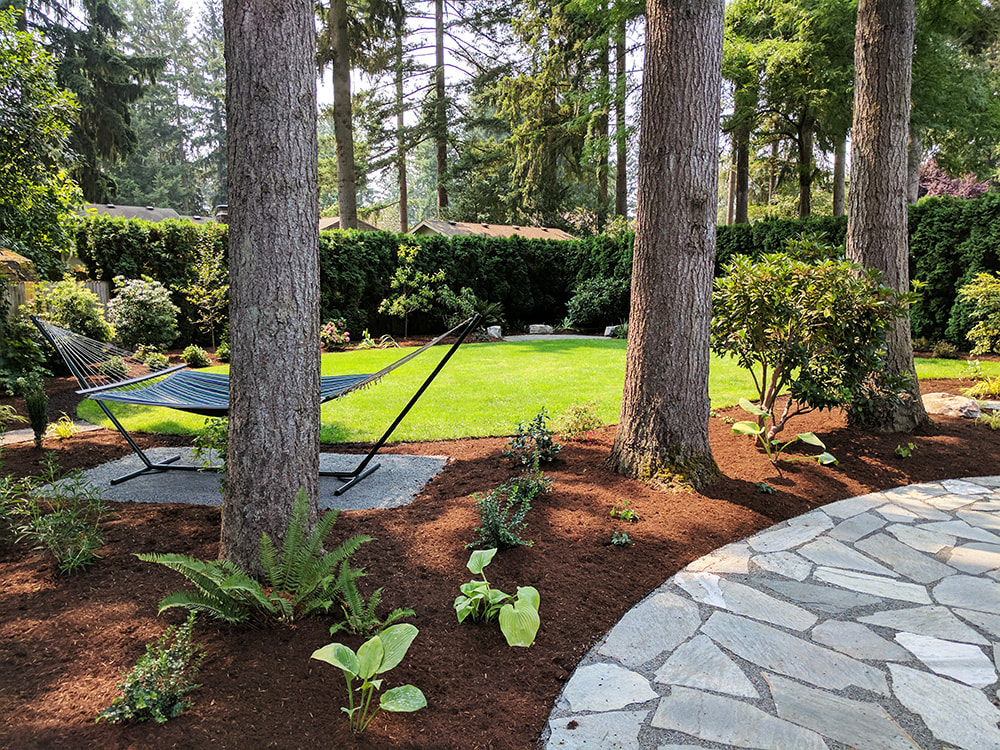
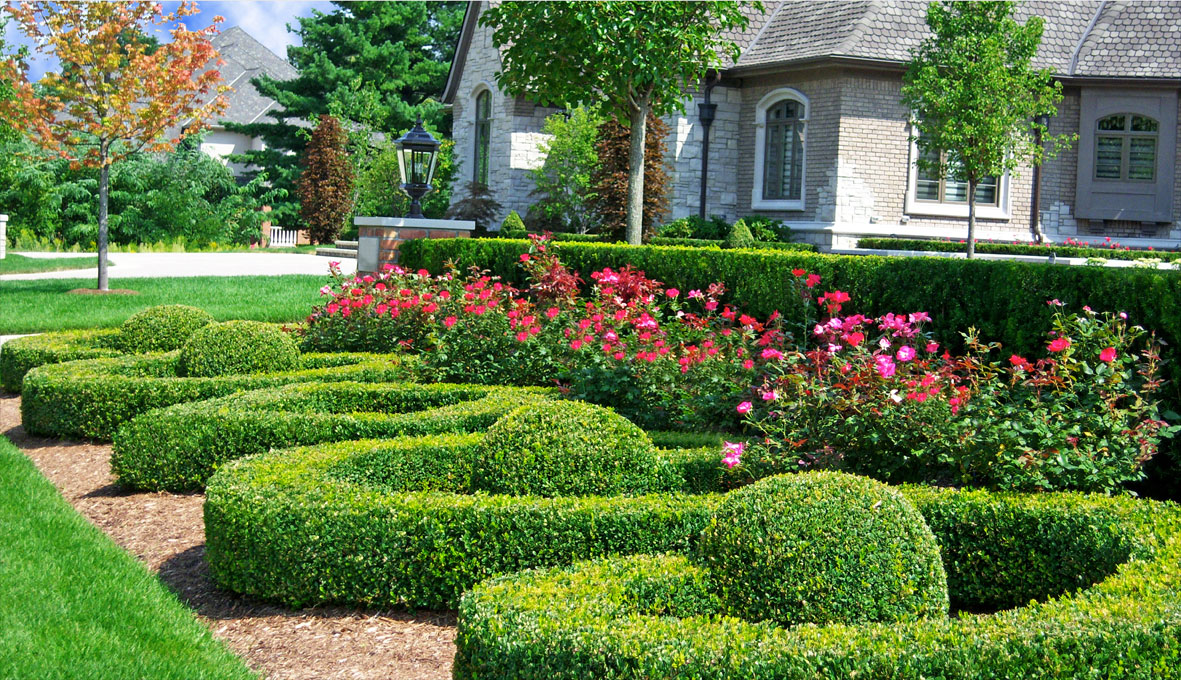
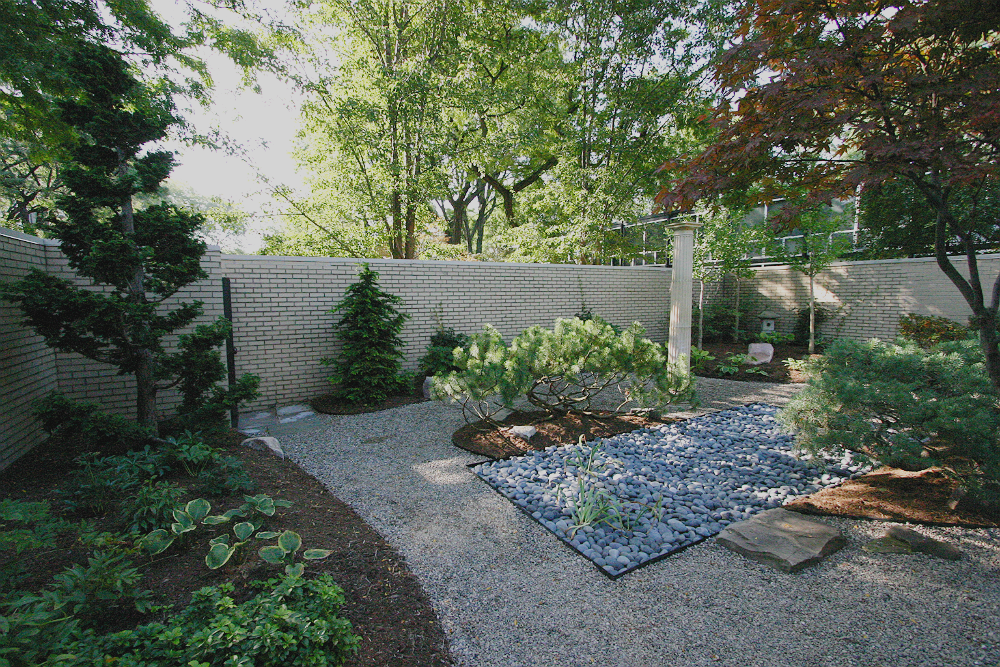
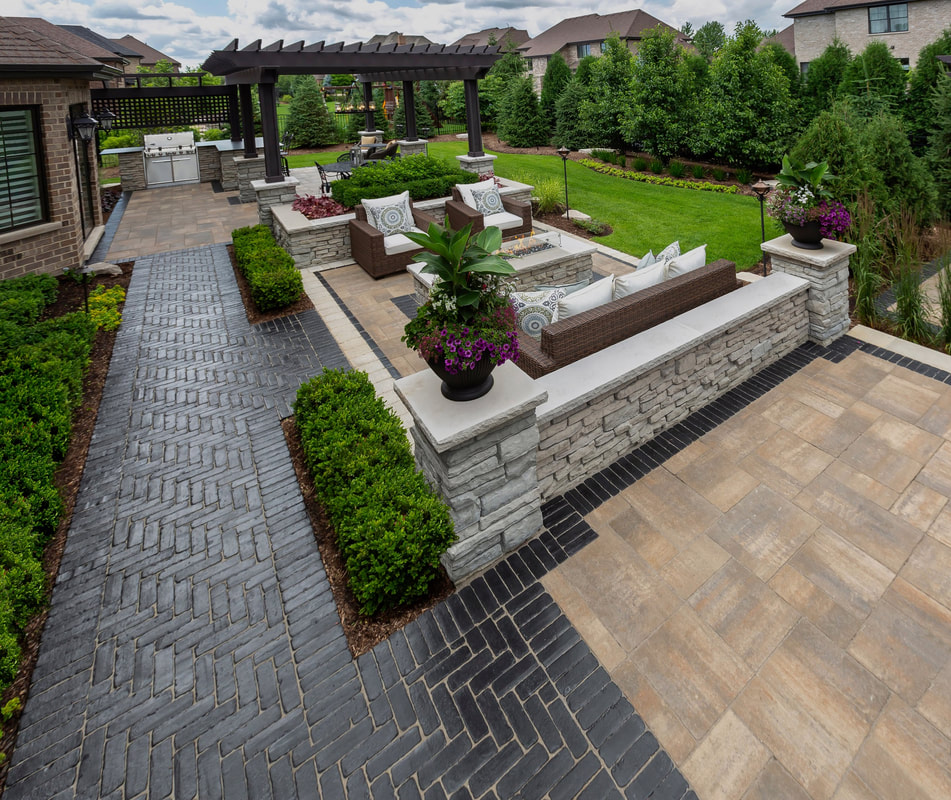
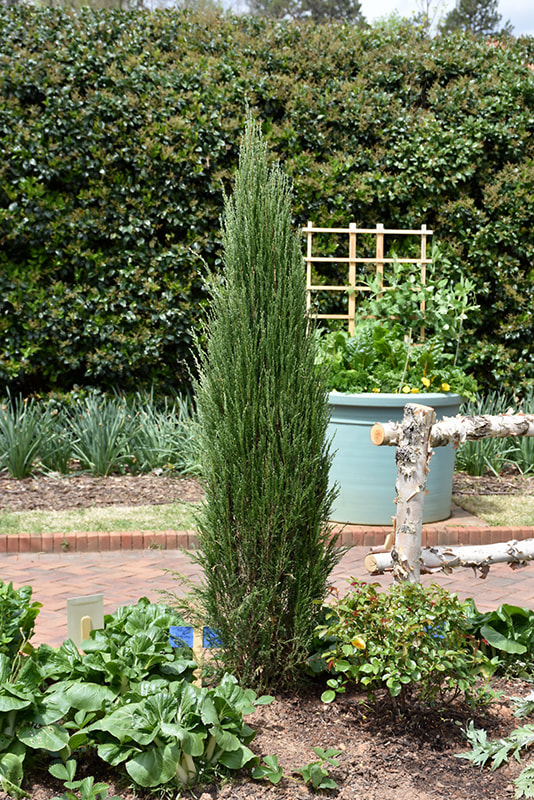
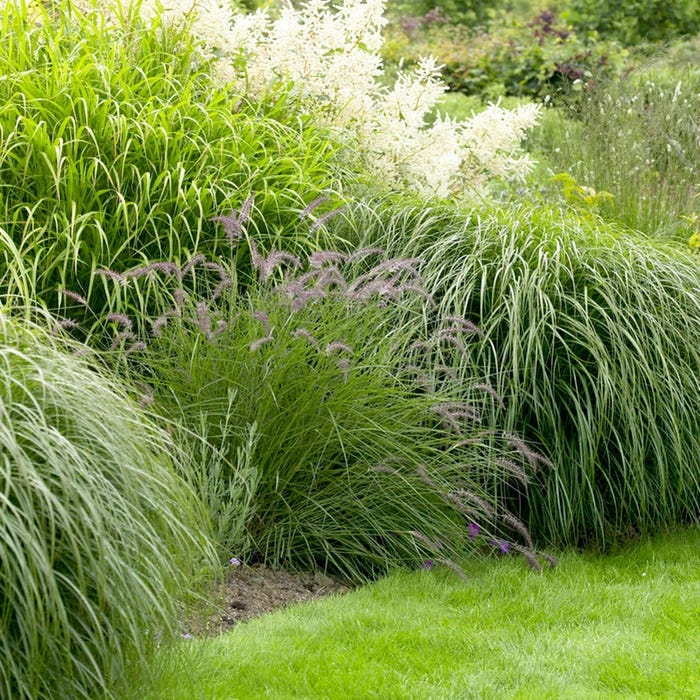
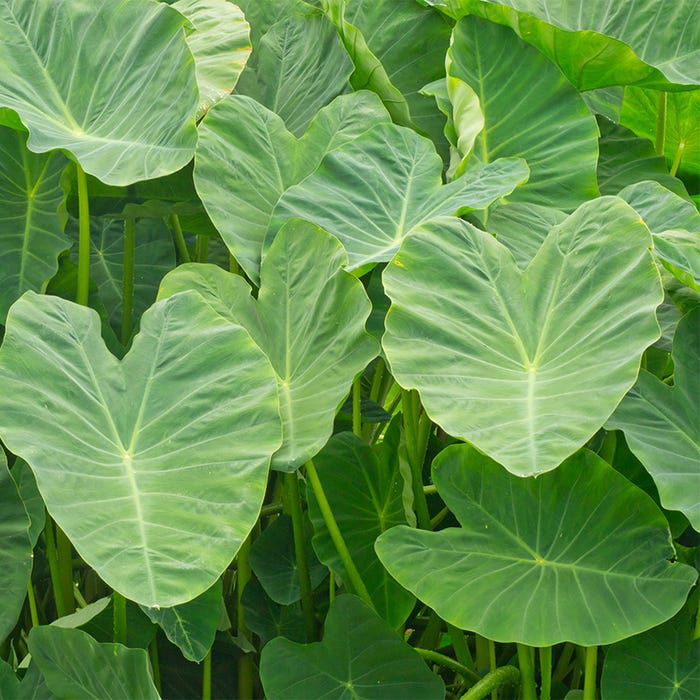
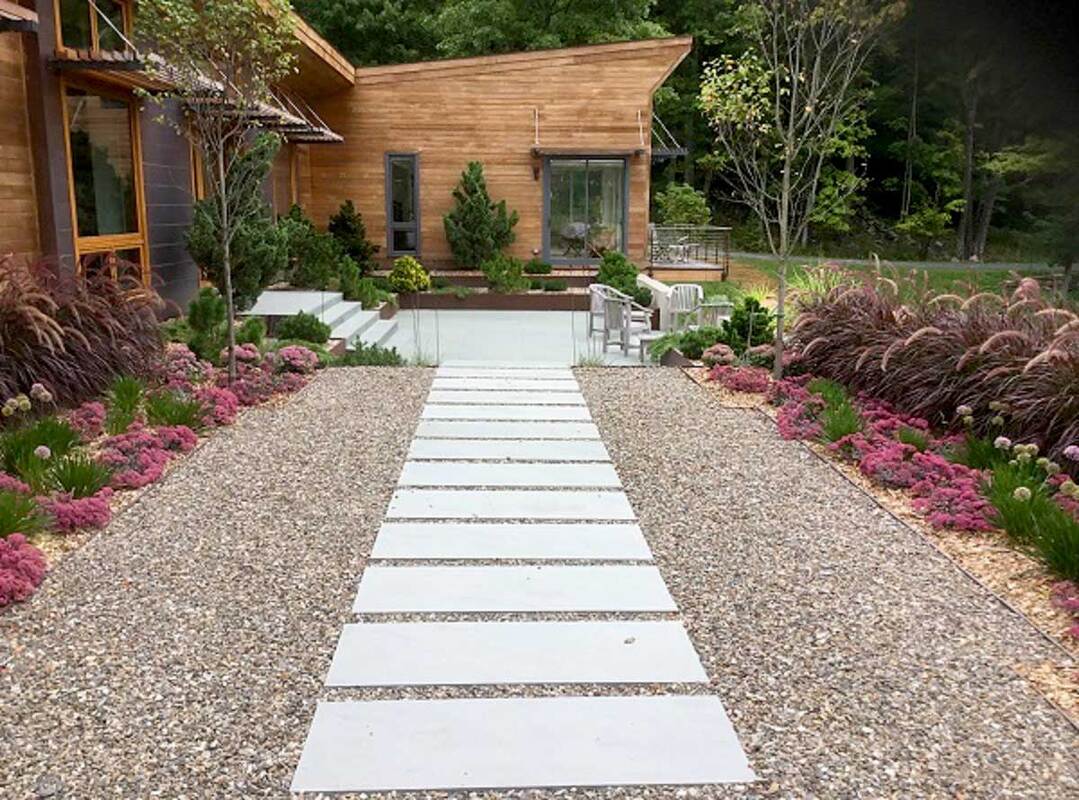
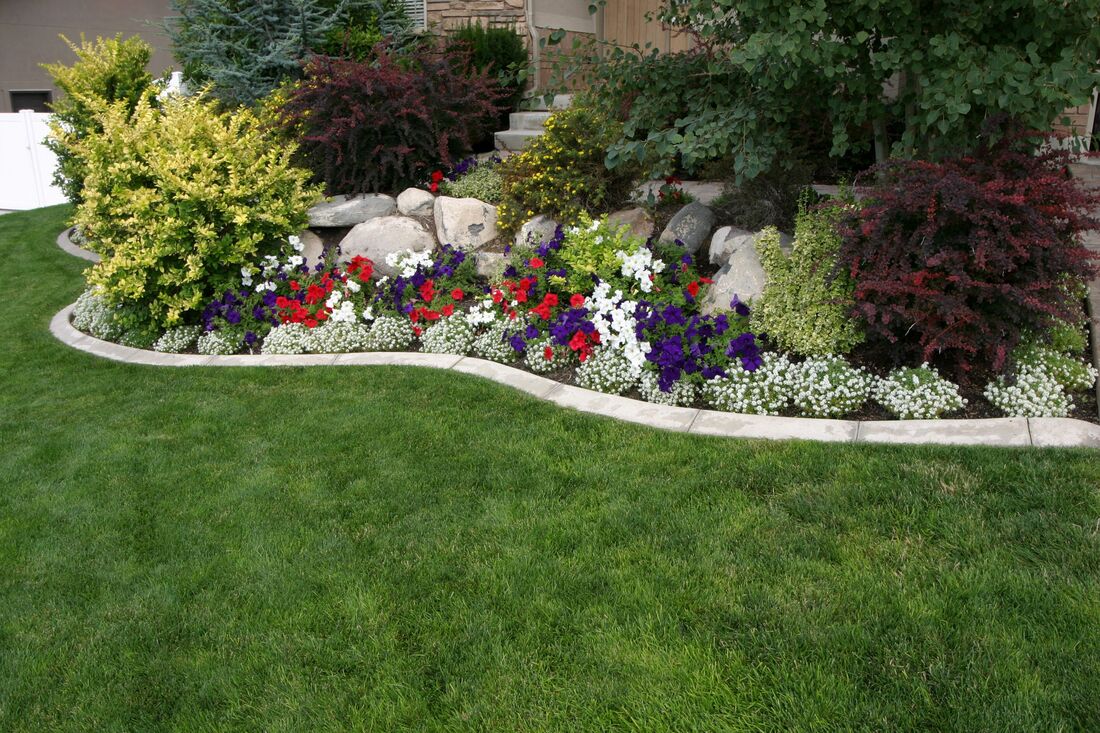
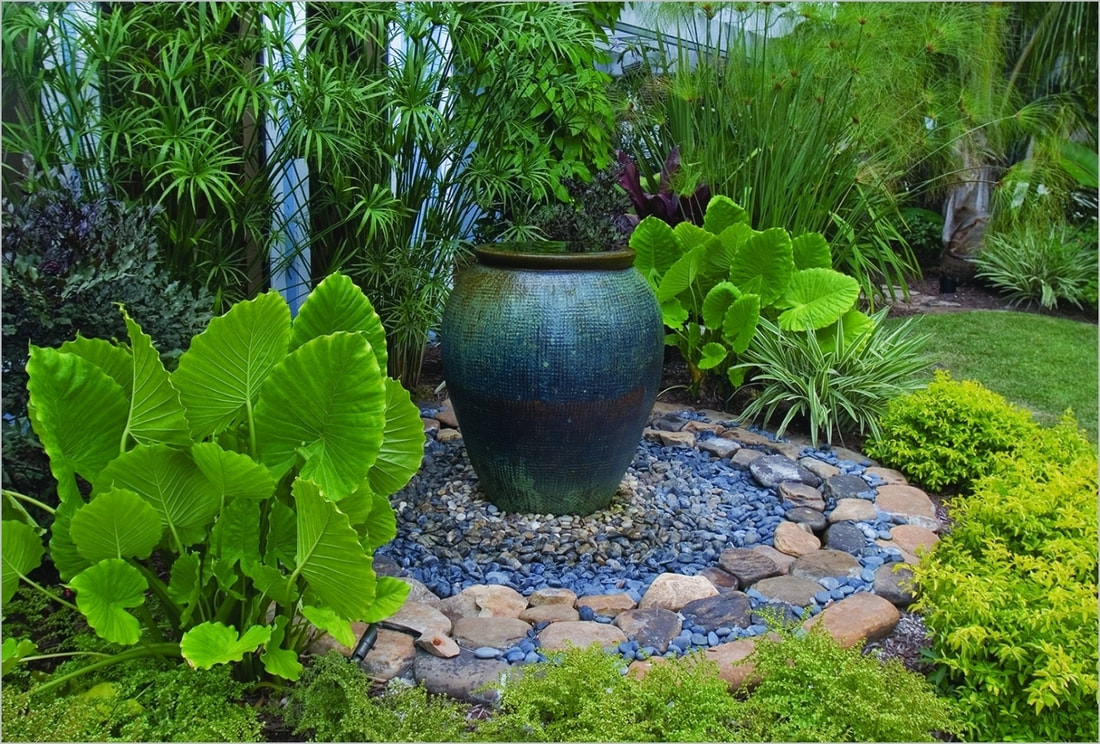
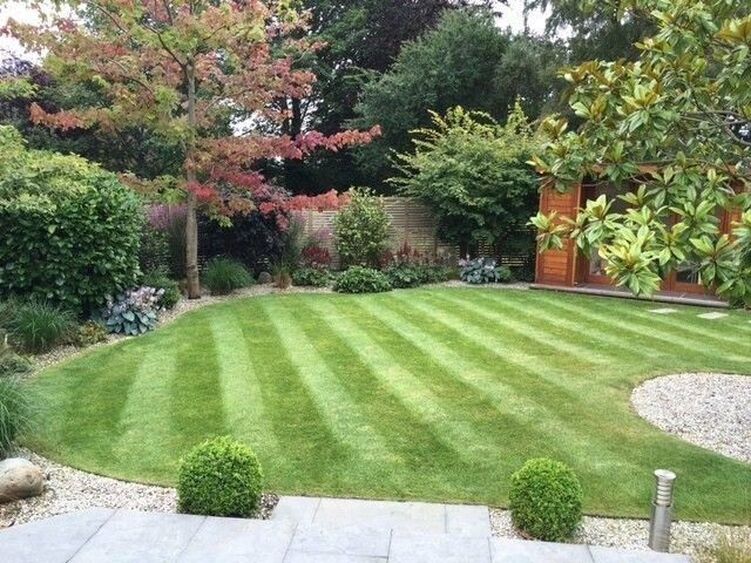
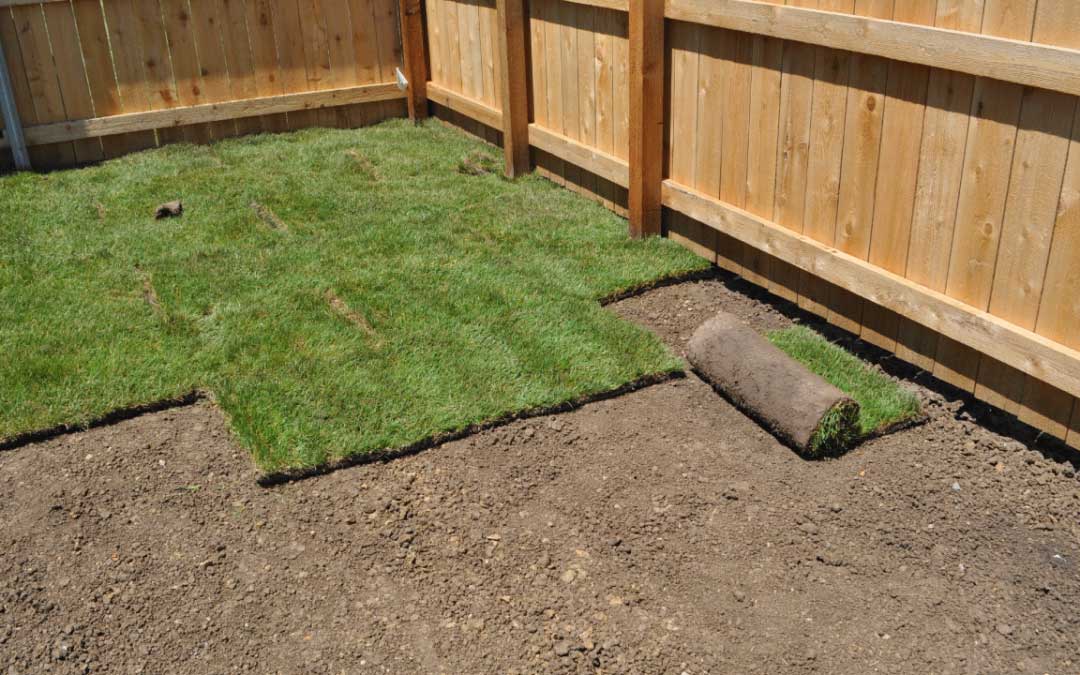
 RSS Feed
RSS Feed